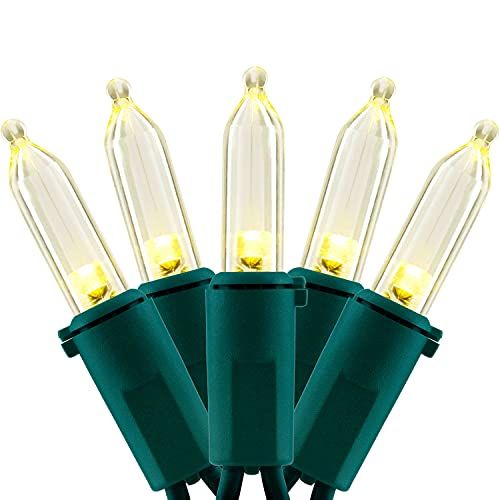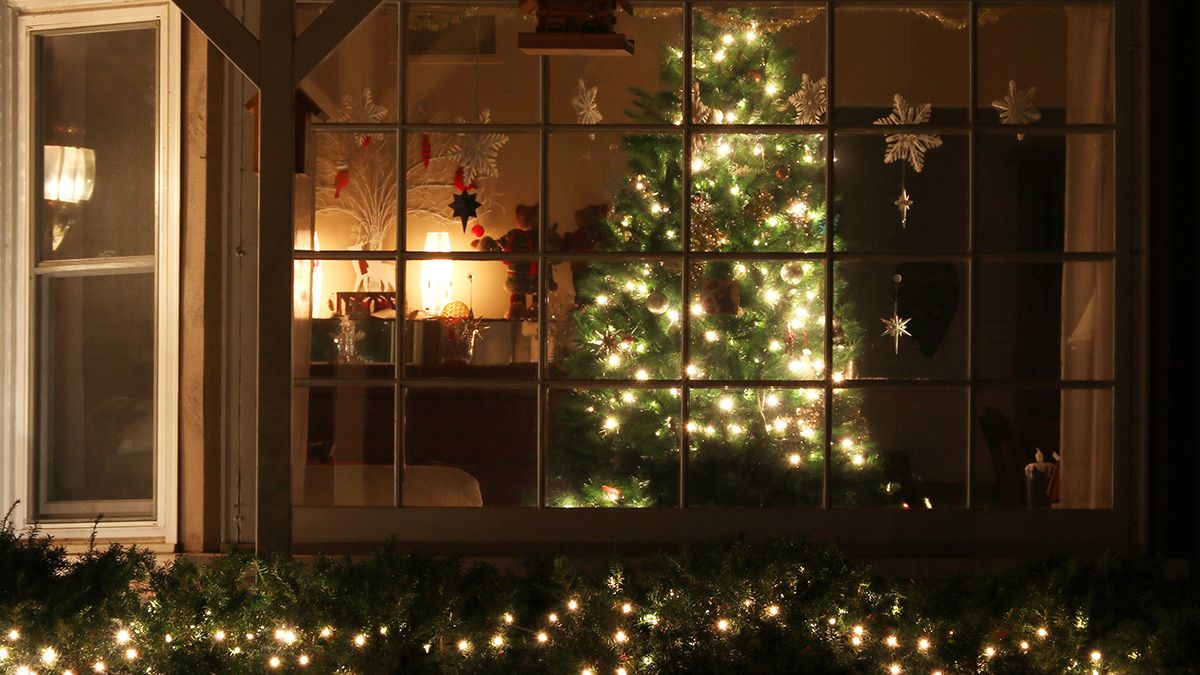Key Takeaways
Flickering incandescent Christmas lights indicate a problem with the lights or your electrical system. Flickering LED Christmas lights can also indicate the same, but many LED lights flicker because of their design and how the electric grid operates.
You've strung your lights, be it across the roofline outside or around your tree inside, and they're flickering. Here's why and what you can do about it.
You Have Traditional Incandescent Christmas Lights
If you have traditional incandescent Christmas lights and they are flickering, you need to stop what you're doing right now and unplug them before proceeding.
Traditional lights don't flicker when they are in good condition and plugged into a properly wired electrical system.
If your traditional incandescent Christmas lights are flickering, that indicates there is a problem somewhere in the system. Individual wires somewhere in the strand might be frayed, and the flicker effect results from the line damage. If the flickering is very irregular in rhythm, especially on outdoor lights, there's a good chance this is the issue. As the wind gently moved the wires, it creates an irregular movement reflected in the flickering pattern.
It can also indicate an overloaded electrical system because too many strands are plugged into the same circuit, and safety measures that should kick in (like the fuse in a fused strand of lights popping or the circuit breaker tripping) are not.
Whether we're talking about a strand of Christmas lights flickering or your home lights flickering, it's never a good sign when your lights are flickering, and you should investigate why and, possibly, contact a licensed electrician to get to the bottom of the problem.
You Have LED Christmas Lights
LED Christmas lights are a slightly different story for an interesting reason. If your LED Christmas lights are flickering in a very erratic pattern, turning on and off randomly, or otherwise acting in a fashion you don't expect, there is likely an overarching electrical problem either with the strand of lights or with your home's electrical system---just like the issues we outlined above with traditional Christmas lights.
On the other hand, if your LED Christmas lights have a very rhythmic flicker that looks almost like a rapid pulse, extremely consistent in nature, there is nothing wrong with them.
What you are seeing is not a defect in the wiring or the LEDs but the actual frequency of the electrical system they are hooked up to. In the United States the alternating current electrical system feeding your home operates at 60Hz. Certain strands of LED lights will actually strobe at 60Hz, which is very rapid but still detectable by the human eye, creating the flicker effect.
It's worth noting that not all people see the flicker or if they do detect it that it doesn't bother them. It's also worth noting that it is much more detectable when the individual LED bulbs are clustered together. For instance, a single strand along a gutter might have an almost imperceptible flicker but the same strand wound tightly around a holiday wreath will have a very strong flicker effect as the density of the bulbs makes it much more apparent.
Why do some LED strands flicker and some don't? Older strands of lights and really cheap newer strands feed your home's electrical power directly to the lights. This is why the alternating current frequency is visible to you in the form of flickering.
Newer LED light strands include additional components, like a bridge rectifier, that converts the alternating current to direct current and, in the process, significantly reduce or eliminate the flicker effect.

Yuletime Warm White LED Christmas Lights
These LED lights include an inline rectifier to deliver flicker-free LED performance in a package that looks like traditional incandescent mini-bulb Christmas lights.
When shopping for LED lights, look for indications on the packaging or product listing that the light strands are "flicker-free" or have a "rectifier." Not all LED strands are advertised as such, and you may need to actually examine the strands looking for evidence of a rectifier.
You'll usually find a cylinder-like object a few inches after the plug on strands with traditional two-prong plugs (instead of a larger wall-wart style plug where the rectifier may be concealed). That lump on the strand contains the rectifier.

